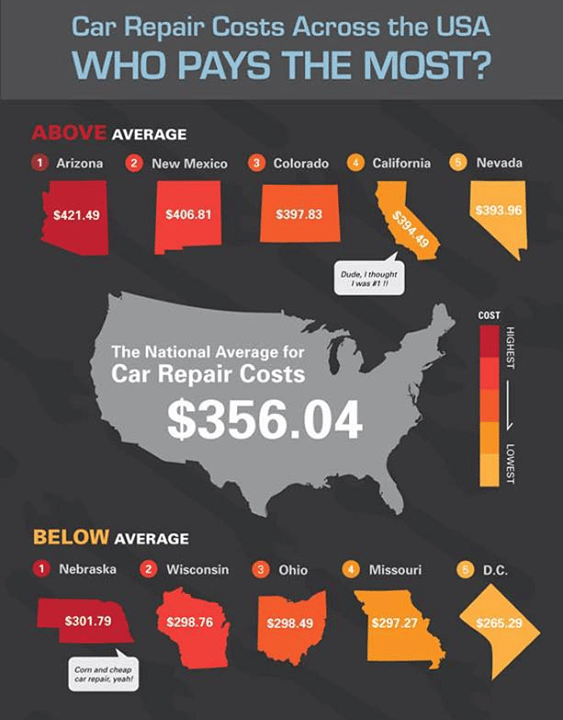Wondering Regarding The Significance Behind Those Dashboard Caution Lights? Gain Insights Right Into Their Implications For Your Vehicle'S Safety And Security And Maintenance
Wondering Regarding The Significance Behind Those Dashboard Caution Lights? Gain Insights Right Into Their Implications For Your Vehicle'S Safety And Security And Maintenance
Blog Article
Authored By-Lauritsen Winters
When you lag the wheel, those glowing warning lights on your control panel can be a little bit difficult. Do you know what they're attempting to inform you about your cars and truck's wellness? Understanding the value of these lights is essential for your safety and the long life of your automobile. So, the next time among those lights appears, wouldn't you intend to decode its message accurately and take the necessary actions to address it?
Common Warning Lighting and Interpretations
Identify common warning lights in your automobile and understand their significances to make sure safe driving.
One of the most normal warning lights include the check engine light, which indicates problems with the engine or emissions system. If this light comes on, it's critical to have your car checked promptly.
The oil stress cautioning light indicates reduced oil stress, needing prompt focus to avoid engine damages.
A blinking battery light may recommend a damaged charging system, potentially leaving you stranded if not addressed.
wall detailing tracking system (TPMS) light alerts you to reduced tire pressure, influencing vehicle stability and fuel performance. Disregarding this can bring about hazardous driving problems.
The abdominal muscle light indicates a trouble with the anti-lock stopping system, compromising your capacity to stop promptly in emergencies.
Last but not least, the coolant temperature level advising light warns of engine getting too hot, which can result in serious damage otherwise fixed quickly.
Recognizing these common warning lights will help you deal with problems quickly and keep risk-free driving problems.
Importance of Prompt Attention
Recognizing the common caution lights in your car is just the primary step; the value of quickly addressing these cautions can not be highlighted sufficient to ensure your safety and security when traveling.
When a warning light brightens on your dashboard, it's your cars and truck's means of interacting a potential concern that requires interest. Disregarding these cautions can lead to more serious troubles down the road, compromising your safety and potentially costing you a lot more in repairs.
https://brakesnearme17384.blogproducer.com/36778826/a-guide-to-the-top-10-considerations-for-discovering-the-best-vehicle-service-center-neighboring to warning lights can avoid malfunctions and accidents. For example, a blinking check engine light can suggest a misfire that, if left unattended, might create damages to the catalytic converter. Resolving this without delay can save you from a pricey fixing.
In a similar way, a brake system warning light could signify low brake liquid or used brake pads, essential elements for your security when driving.
Do It Yourself Troubleshooting Tips
If you see a caution light on your dashboard, there are a couple of DIY repairing pointers you can try before looking for professional aid.
The initial step is to consult your cars and truck's manual to understand what the details warning light shows. Occasionally the problem can be as straightforward as a loosened gas cap setting off the check engine light. Tightening van valeting near me may resolve the problem.
One more typical concern is a reduced battery, which can cause various cautioning lights. Checking the battery links for rust and guaranteeing they're secure may fix the trouble.
If a warning light persists, you can try resetting it by separating the cars and truck's battery for a few mins and after that reconnecting it. In addition, checking your car's fluid levels, such as oil, coolant, and brake fluid, can aid fix warning lights associated with these systems.
Verdict
In conclusion, recognizing your car's warning lights is essential for keeping your vehicle running efficiently and safely. By immediately resolving these signals and recognizing what they suggest, you can prevent pricey repair services and possible failures.
Bear in mind to consult your cars and truck's guidebook for specific details on each cautioning light and take action as necessary to ensure a trouble-free driving experience.
Keep educated, remain Read the Full Report on the road!
